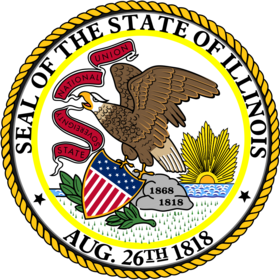Grade 8 - PARCC Item & Task Prototypes, Key Advances, Fluency Expectations, Within-Grade Dependencies
PARCC Item & Task Prototypes, Key Advances, Fluency Expectations, Within-Grade Dependencies
PARCC Item & Task Prototypes
not available at this time
PARCC Key Advances
Students build on previous work with proportional relationships, unit rates, and graphing to connect these ideas and understand that the points (x, y) on a nonvertical line are the solutions of the equation y = mx + b, where m is the slope of the line as well as the unit rate of a proportional relationship (in the case b = 0). Students also formalize their previous work with linear relationships by working with functions — rules that assign to each input exactly one output.
By working with equations such as x^2 = 2 and in geometric contexts such as the Pythagorean theorem, students enlarge their concept of number beyond the system of rationals to include irrational numbers. They represent these numbers with radical expressions and approximate these numbers with rationals.
PARCC Fluency Expectations
| 8.EE.7 | Students have been working informally with one-variable linear equations since as early as kindergarten. This important line of development culminates in grade 8 with the solution of general one-variable linear equations, including cases with infinitely many solutions or no solutions as well as cases requiring algebraic manipulation using properties of operations. Coefficients and constants in these equations may be any rational numbers. |
| 8.G.9 | When students learn to solve problems involving volumes of cones, cylinders, and spheres — together with their previous grade 7 work in angle measure, area, surface area and volume (7.G.4-6) — they will have acquired a well-developed set of geometric measurement skills. These skills, along with proportional reasoning (7.RP) and multistep numerical problem solving (7.EE.3), can be combined and used in flexible ways as part of modeling during high school — not to mention after high school for college and careers. |
PARCC Examples of Major Within-Grade Dependencies
An important development takes place in grade 8 when students make connections between proportional relationships, lines, and linear equations (8.EE, second cluster). Making these connections depends on prior grades’ work, including 7.RP.2 and 6.EE.9. There is also a major dependency within grade 8 itself: The angle-angle criterion for triangle similarity underlies the fact that a nonvertical line in the coordinate plane has equation y = mx + b.[1]Therefore, students must do work with congruence and similarity (8.G.1-5) before they are able to justify the connections among proportional relationships, lines, and linear equations. Hence the indicated geometry work should likely begin at or near the very start of the year.
Much of the work of grade 8 involves lines, linear equations, and linear functions (8.EE.5-8;8.F.3-4; 8.SP.2-3). Irrational numbers, radicals, the Pythagorean theorem, and volume (8.NS.1-2; 8.EE.2; 8.G.6-9) are nonlinear in nature. Curriculum developers might choose to address linear and nonlinear bodies of content somewhat separately. An exception, however, might be that when addressing functions, pervasively treating linear functions as separate from nonlinear functions might obscure the concept of function per se. There should also be sufficient treatment of nonlinear functions to avoid giving students the misleading impression that all functional relationships are linear (see also 7.RP.2a).
